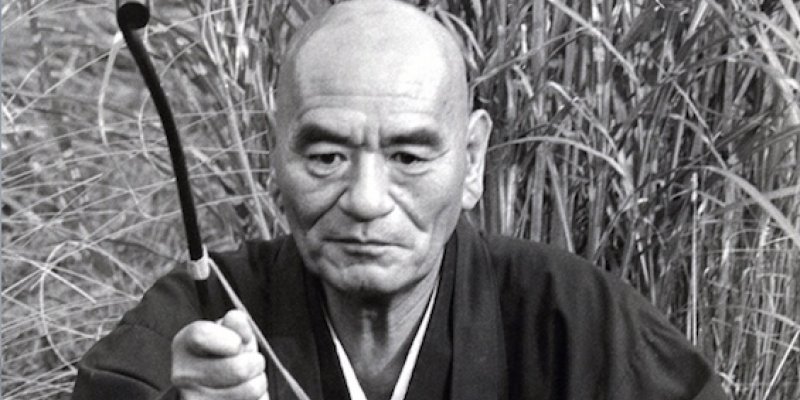History of Zen Buddhism

A little history of Zen Buddhism
Zen grew from the experience of Shakyamuni Buddha, who realised awakening in the posture of dhyana ( zazen, Zen meditation) in India in the 5th century BCE. This experience has since been transmitted uninterrupted, from master to disciple, creating the zen lineage.
After it had been established in India for almost 1000 years, the monk Bodhidharma took the teaching to China, in the 5th century CE, under the name of ch’an, where it spread widely throughout the country, having found there a favorable ground for its growth. It is above all during this period that it affirmed its originality, its simplicity and the purity of its practice.
In the 13th century, the Japanese monk Dogen, after a stay in China, brought Soto Zen to Japan. The founder of our school, Master Dogen is also considered one of the great Buddhist philosophers. Zen would influence the whole of Japanese culture very profoundly. In that country, more than 20, 000 temples bear witness today to a remarkable diffusion.
In the 20th century, the West started to become interested in zen as a philosophy,whilst at the same time in Japan, Master Kodo Sawaki, who was part of a reformist current in Zen, reinivigorated the practice of sitting, in particular outside temples. At the end of the 60s, it was one of his successors, Taisen Deshimaru, who would bring the essence of these teachings to Europe, as Bodhidharma did to China, 1,500 years before.
Origins of zen buddhism by zen master Jean-Pierre Taiun Faure
Chan Buddhism, by zen master Olivier Reigen Wang-Genh
Zen in Japan by zen master Genshin Strim
Zen in Europa by zen master Pierre Dokan Crepon
